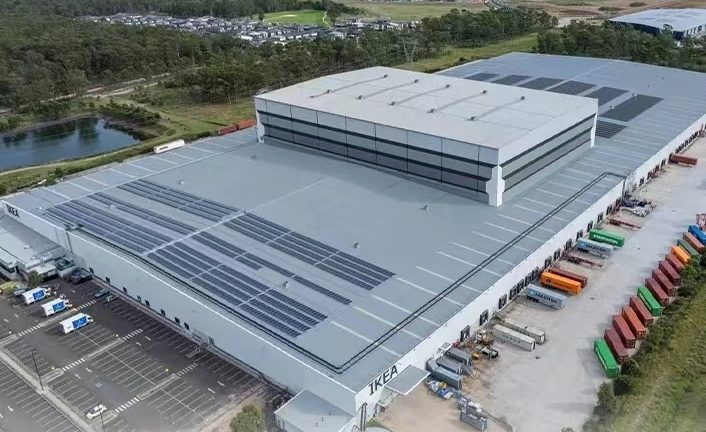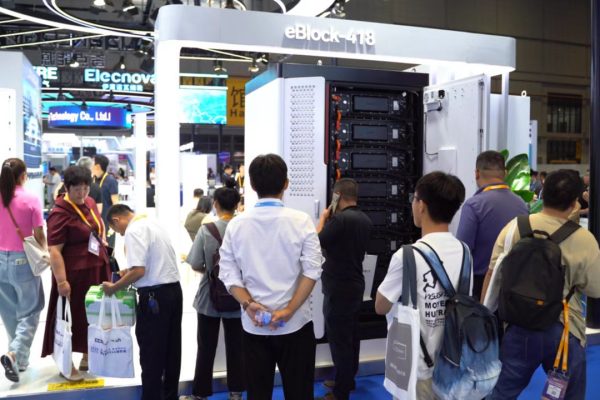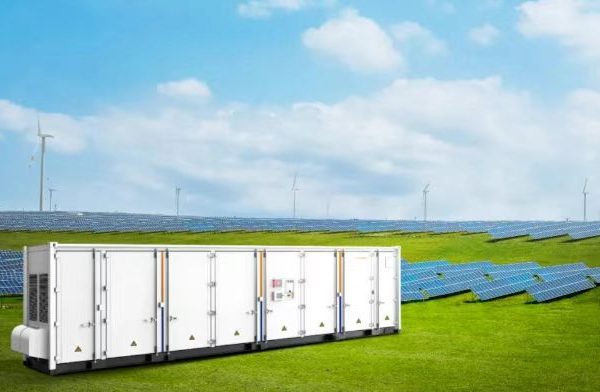Understanding Application Scenarios, Efficiency, and Compatibility for Small-Scale Projects
1. Introduction: Why Voltage Level Matters in Inverter Selection
In the growing market of distributed PV + ESS systems, inverter selection is no longer just about power rating or price—it’s also about voltage level. Whether you’re supplying a home battery system, a small commercial PV plant, or a modular hybrid kit, choosing between low-voltage (LV) and high-voltage (HV) inverters is a fundamental decision that affects:
- System efficiency
- Battery compatibility
- Cabling and installation
- Cost structure
- Long-term maintenance
This article outlines the key differences between LV and HV inverter systems, compares their typical use cases, and explains how technical foreign trade suppliers can help clients make the right choice.
2. What Do “Low Voltage” and “High Voltage” Mean in ESS?
The terms LV and HV typically refer to the DC-side voltage of the battery input, not the AC output to the grid.
| Voltage Type | Typical Battery Voltage Range | Example Use Cases |
|---|---|---|
| Low Voltage (LV) | 48V – 120V | Homes, small backup systems |
| High Voltage (HV) | 150V – 600V+ | Larger residential, small C&I systems |
Note: Some hybrid inverters offer wide input ranges and can support either configuration depending on battery pack design.
3. Low-Voltage Inverter Systems: Simplicity and Safety
🔋 Characteristics:
- Operate with 48V battery banks (commonly LFP)
- Use internal or external MPPTs
- Often include built-in charge controllers
- Simple wiring, easier installation
✅ Advantages:
- Safer for installers and end-users (lower arc risk)
- Ideal for small households, remote homes, or microgrids
- Compatible with legacy lead-acid systems
- Easier to scale incrementally
🚫 Limitations:
- Lower efficiency due to higher DC current
- Larger cable sizes required
- Power output usually capped around 5–6 kW
- Not suitable for high-load appliances or long distances
🎯 Typical Clients:
- Rural residential users
- Small backup or off-grid setups
- Customers seeking lower initial costs
4. High-Voltage Inverter Systems: Performance and Scalability
⚡ Characteristics:
- Battery voltage typically 150V–600V
- Suitable for 8–20 kW hybrid inverters and three-phase systems
- Used with modular high-voltage battery packs
✅ Advantages:
- Higher round-trip efficiency
- Lower DC current = thinner cables = easier install over distance
- Better suited for heavy loads and peak shaving
- Smaller cabinet sizes due to reduced thermal load
🚫 Limitations:
- Requires careful pre-configuration of batteries
- Higher voltage means more care during installation
- Limited compatibility with low-voltage BMS batteries
- May not be ideal for installers without technical background
🎯 Typical Clients:
- Urban villas with large rooftop PV
- Small commercial buildings
- Cold storage, restaurants, retail shops
5. Cost Comparison and Design Considerations
While LV inverters are often cheaper per unit, HV systems may reduce overall system cost due to:
- Smaller wiring cross-section
- Shorter installation time
- Lower loss over distance
- Higher inverter efficiency (up to 98.5%)
| Cost Factor | Low Voltage | High Voltage |
|---|---|---|
| Inverter cost | ✅ Lower | ❌ Higher |
| Cabling & installation | ❌ Higher | ✅ Lower |
| Efficiency | ❌ ~90–93% | ✅ ~96–98.5% |
| Scalability | ❌ Limited | ✅ Modular-ready |
| Safety (installer level) | ✅ Easier | ❌ Requires care |
6. How to Help Clients Choose: Key Questions to Ask
To match your customer with the right inverter voltage class, consider the following:
- What is the load profile?
– If they run pumps, compressors, or motors, HV is preferable. - How much space is available?
– HV systems need smaller cables and often come in more compact cabinets. - Do they need backup or daily cycling?
– LV is okay for backup; HV is better for daily cycling due to efficiency. - Is the installer experienced?
– Recommend LV if the system will be DIY-installed or managed by general electricians.
7. Real-World Scenarios
🏠 Case A: 5kW Hybrid Inverter with 10kWh Battery for a Farmhouse
- Use 48V LFP battery + low-voltage hybrid inverter
- Total distance from inverter to battery < 2 meters
- Client has no access to professional installer
✅ LV system is ideal—safe, cost-effective, simple.
🏢 Case B: 15kW Hybrid System for a Small Factory with Peak Load at 18kW
- Requires 20kWh high-voltage modular battery bank
- Long cable runs to storage area
- Grid-tied with backup during outages
✅ HV system recommended—better current handling and load management.
8. Role of a Technical Foreign Trade Partner
As a foreign trade supplier or integrator, your value is in more than just quoting prices—you can:
- Offer voltage-appropriate system suggestions
- Pre-check battery and inverter BMS compatibility
- Guide clients on wiring and fuse selection
- Avoid project delays caused by voltage mismatch issues
By helping clients understand why voltage matters, you elevate your position from box-seller to technical project enabler.
9. Recently Published Articles You May Also Like
- 👉 How to Size a Battery System for Small Commercial Projects
- 👉 Typical Daily Load Curve in Residential PV + ESS Systems
- 👉 Key Parameters When Sourcing Hybrid Inverters for Export
10. Conclusion
Voltage level isn’t just a technical detail—it’s a strategic design choice. Helping your clients choose between low-voltage and high-voltage inverter systems based on application, efficiency, and practical deployment needs will make their projects more successful—and make you a partner they trust.
Choosing the right voltage is not about specs—it’s about understanding the system, the site, and the user.









